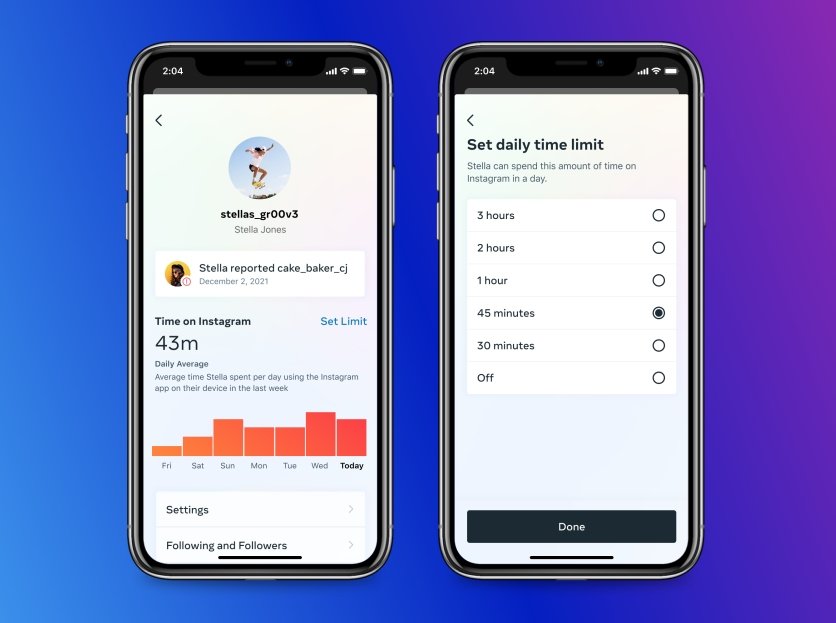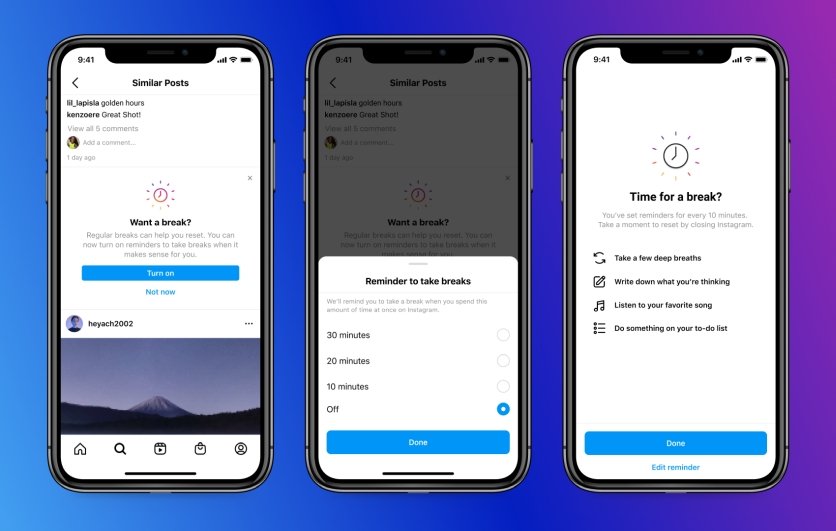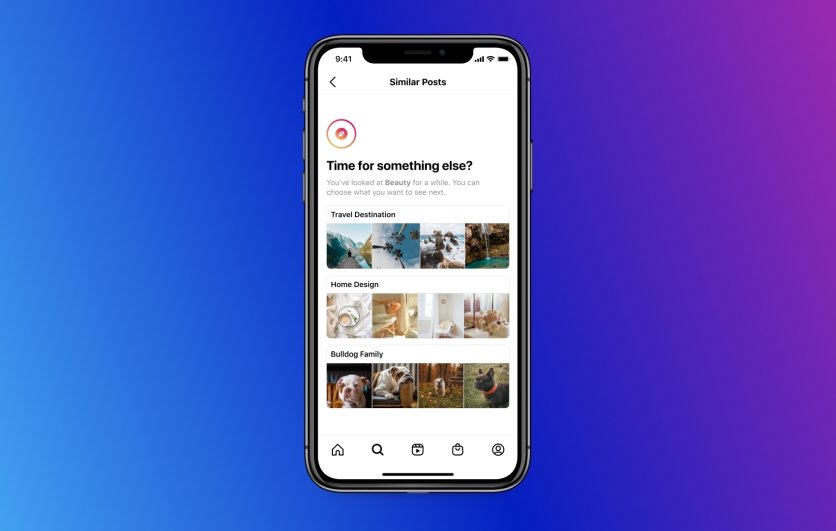Instagram will now encourage teens to 'Take a Break' from scrolling
Instagram says it will launch new tools for parents and guardians to control their teens' experience in March.
What you need to know- Instagram is rolling out new features that it claims will help keep young people safe on its app.
- The new "Take A Break" feature will remind teens to take a break from Instagram if they have been scrolling for a certain amount of time.
- It is now available to users in the U.S., Canada, Australia, New Zealand, and the UK.
Instagram on December 7 announced a bunch of new tools and features to ensure the safety of teens and young children on its app. The announcement comes just a day before CEO Adam Mosseri is set to testify before a Senate panel on Instagram's harmful effects on teens.
The new "Take A Break" feature is aimed at helping younger users make "informed decisions about how they're spending their time." Instagram will now ask users to take a break if they have been scrolling for a certain amount of time. It will also suggest users to set reminders to take more such breaks in the future, along with helpful tips on how to reflect and reset.
Instagram says early test results have shown that more than 90% of teens keep reminders on after setting up the feature. It is now live for users in the U.S., UK, Ireland, Canada, New Zealand, and Australia. The feature will become available globally by early next year.
Along with the new take a break feature, Instagram says it will be taking a stricter approach to what it recommends to teens on its app. It will no longer be possible for people to tag or mention teens that they do not follow.
Instagram is also developing new tools that will allow parents and guardians to control their teens' experience on the app. Parents and guardians will be able to view just how much time their kids spend on Instagram and also set daily time limits for them. Another feature that Instagram is currently working on will let teens notify their parents when they block someone on its platform. The "first version" of these new tools is expected to be rolled out in March 2022.



